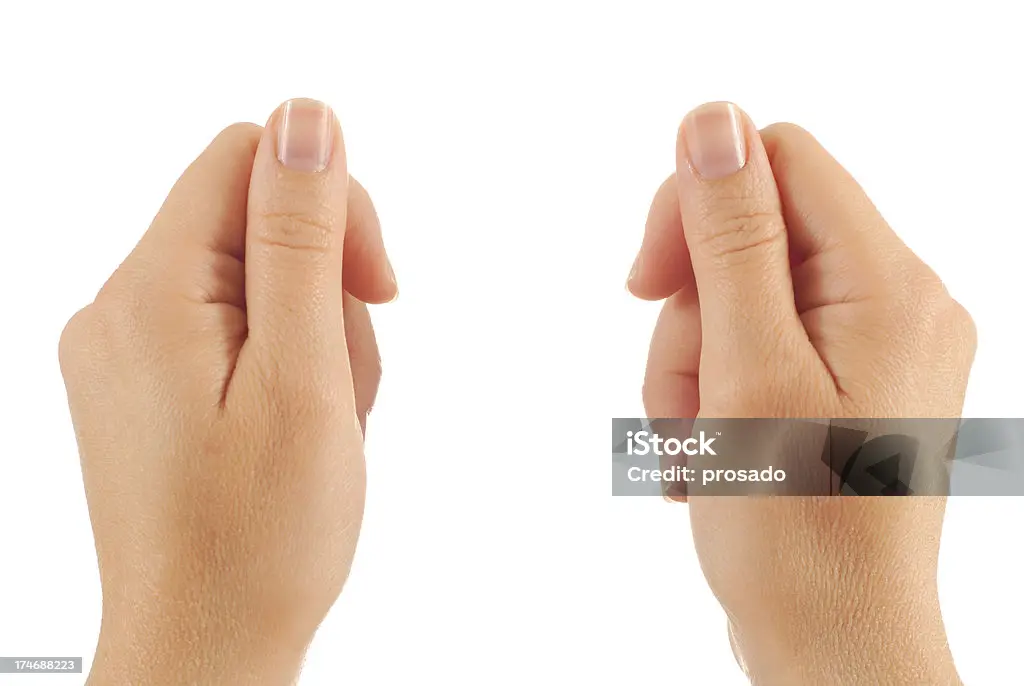
Introduction
What Are Nails?
Our nails are protective, hard coverings on the tops of our fingers and toes. They are composed of a protein called keratin, which is found in our hair and skin. Nails perform the more delicate function of defending the very sensitive tissues underneath them as well as heightening sensation using our fingertips since they provide a counterforce when we touch or grip things.
Anatomy of a Nail
Knowing the structure of a nail can assist in proper maintenance. Breaking down the parts of a nail
Nail Plate
The part of the nail we often call a “nail” is the so-called “nail plate”. The horn is composed of dead, keratinized epidermal cells without any nerves and when removed appears to be stratified bodily scutes overlaid on a notochord.
Nail Bed
The nail bed is that part of the skin underneath your nail plate. The nail furrows that start at your proximal matrix are where the blood vessels come up from under your skin and go into the other layers of an organism. The main purpose here is to provide essential nutrients for a healthy encouraging development or formation.
Cuticle
The dead skin that forms at the bottom of your nail plate is called a cuticle. This helps create a barrier of protection for the infection to reach underneath and infect the new nail tissue…but unfortunately, this also traps it under, suppressing any healing power.
Lunula
The white, half-moon shape that appears at the base of a nail is known as your lunula. This structure is present in most people however it appears or is visible in varying lengths and sizes.
Nail Matrix
Between the two is where your nails grow; this area is called a matrix. A fibrovascular core is located beneath the skin at the nail base and comprises fingers. This pushes the older cells of your nail forward and out from underneath your skin, forming a hard Nail Plate.
Functions of Nails
There are a few main functions of the nails in our body
- Nails over the dorsum of fingers and toes give protection to their tips.
- Enhanced Sensation: Nail
How Nails Grow
Nails are made in the nail matrix and then migrate downward as new cells form, while old ones get pushed along. Generally, that grow around 3.5 millimeters (mm) a month — but faster for toes than fingers! It can also impact nail growth like your age, type of meal you have, or many others.
Common Nail Conditions
Frequently, nails create problems similar to body trends. Fungi can further cause the following common nail conditions:
Brittle Nails
Brittle nails are those that crack, split, and break easily. These can be the result of a lack of moisture, using nail products excessively, or the presence of chemicals.
Nail Fungus
Fungi: The beginning symptoms of a fungal infection are thick, discolored nails that dry and brittle over time. It is more common in toenails and can be challenging to treat.
Ingrown Nails
A nail becomes ingrown when its edge penetrates into the surrounding skin, leading to pain and infection. It is most often found in the toes, and it is usually caused by an improper cutting of nail.
White Spots
Semen is certain and white spots on your nails, which are called leukonychia, are much more of just a be mindful that you may well have bumped or banged up the nail plate. These are not usually problematic and should go away as the nail grows.
How to Strengthen Weak Nails
- Nail Hardener: If you like to keep your nails long, then this one is for sure the holy grail.
- Keep that Away from Excessive Water: Your nails will experience more dryness and weakness if they are in the water too often, so utilize gloves for washing dishes or cleaning.
- Make Use of Biotin Supplements: A B vitamin called biotin —Nature’s Bounty Hair, Skin & Nail at amazon.com$11.42SHOP NOW is used to help grow healthier and stronger nail.
Nail Myths Debunked
There exist innumerable myths about nail care. In other words, let’s debunk some myths.
- Myth: You don’t get enough calcium if you have white spots on your nails.
- What It Means: Calcium White SpotsCauses Of These Tell-Tale SignsFew things can send a woman running to the closest nail salon faster than strange white spots appearing on their nail; however, not everyone knows that these have nothing to do with deficient calcium levels.
- MYTH: Cutting the cuticles makes that grow faster.
- Fact: Trimming your cuticles can set the stage for infection, but will not affect that.
Conclusion
Nails are a significant contribution to the functionality of our bodies, providing protection, aiding in accuracy, and presenting a picture of one’s general well-being. With the knowledge of the growth and development of nail and what is required, we can help them remain hard and healthy. The maintenance of gorgeous strong that is achievable through regular nail care, eating a balanced diet, and having risk-free beauty practices.
FAQs
- How can I prevent brittle nails?
Are you concerned about getting brittle nails? To prevent such from occurring, you should moisturize your nails apply any harsh chemicals, and also eat a balanced diet full of vitamins and minerals. - What causes white spots on nails?
The appearance of white spots can be attributable to small glory injuries of the nails or can be certain forms of nutrition deficiency but generally ,these conditions are not a cause of concern. - How often should I trim my nails?
In general, it is advisable to always trim your nails after about one or two weeks, depending on the rate of nail growth. - Is it bad to cut my cuticles?
Of course! If you cut your cuticles, you may get infections. It is advisable to only push them back and apply some moisturizer. - What vitamins help nail growth?
Nails can grow much healthier when biotin, vitamin E, and iron are in one’s diet. This means eating well will help your nail grow to their full potential.
Read Also: Prince Narula and Digital PayPal: A Journey into the World of Digital Payments



